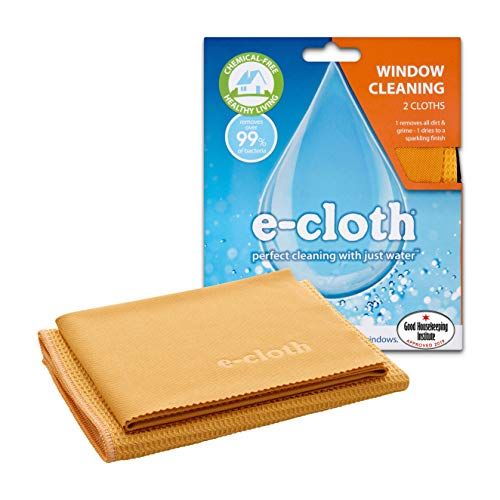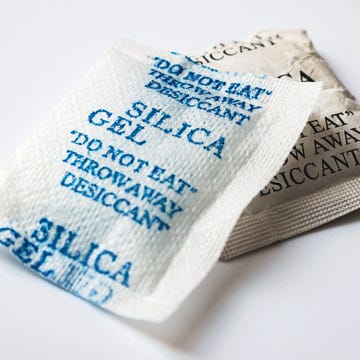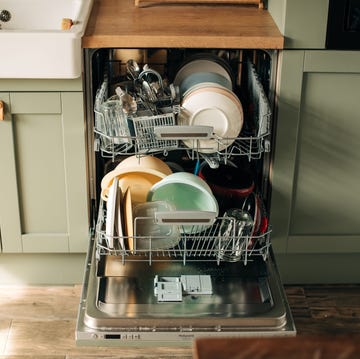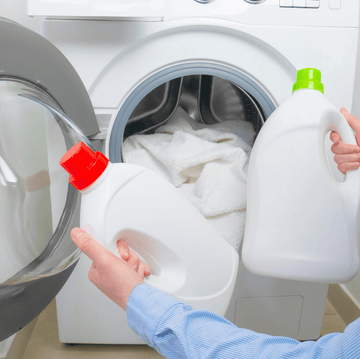Ever drawn back your curtains in the morning only to find your windows covered in fog? It’s a common sight during the colder months, especially when the heating comes on for the first time. While it might seem harmless, condensation is more than just an inconvenience – it can signal excessive moisture in your home.
Too much humidity indoors encourages mould, peeling paint and damp smells. Even small amounts of trapped moisture can damage wooden frames and lead to black mould along the window edges. The good news? There are simple ways to prevent condensation on windows – and we’ve rounded up five of the quickest and most effective solutions.
Why is there condensation on my windows?
Condensation happens when warm, humid indoor air meets cold glass. The sudden drop in temperature forces the moisture in the air to reach its dew point, turning it into visible droplets on the glass.
What to read next
This is more noticeable in winter, when the contrast between heated rooms and chilly outdoor air is greatest. You’ll often spot condensation around the edges of the pane first, as these are the least insulated parts of the glass.
5 ways to stop condensation on windows
1. Open the curtains
Start by pulling back your curtains or blinds each morning. Allowing sunlight and air to circulate warms up the glass, reducing the temperature difference. It also releases trapped moisture that’s built up overnight.
Bedrooms are especially prone to humidity, since two adults can release more than a litre of water vapour while sleeping. To combat this, open your window slightly in the morning and turn back your bedding to help residual moisture evaporate.
2. Insulate your windows
Single-glazed windows are far more likely to steam up than double-glazed ones. Double glazing adds an insulating air gap that stabilises the inner pane’s temperature and helps stop condensation forming.
If new windows aren’t an option, you can add an extra barrier yourself. DIY insulation film, such as tesaMoll Thermo Cover Window Insulating Film, can be applied to create a protective layer that reduces heat loss and limits moisture build-up.
3. Use your kitchen and bathroom extractor fans
Cooking and showering are two of the biggest sources of indoor humidity, releasing litres of water vapour into the air every day. Always switch on your extractor fan while you cook, bathe or shower to vent steam outside rather than letting it spread around the house.
Don’t forget to clean the fans regularly to keep them working efficiently – some metal filters can even be run through the dishwasher, but check the manual first.
4. Use a dehumidifier
If your home often feels damp or you’ve noticed recurring condensation, a dehumidifier can make a huge difference. These appliances draw in moist air, trap the water, and return drier air to the room.
Compressor dehumidifiers are ideal for everyday use, while models with a built-in humidistat automatically adjust to maintain the right balance and save energy. For recommendations, see our expert-tested guide to the best dehumidifiers.
5. Dry clothes outdoors
Drying laundry indoors can release over two litres of moisture per load into the air – a major contributor to condensation. Whenever possible, dry clothes outside, where fresh air and sunlight naturally wick away moisture (and brighten whites too).
If you must dry indoors, do so in a well-ventilated room with a window ajar or a dehumidifier running to capture excess dampness.
Can double glazing stop condensation?
Thinking about home upgrades that will future-proof your space? Double glazing is one of the smartest long-term investments. Not only does it improve energy efficiency and help cut heating bills, it also tackles condensation. The extra pane of glass, combined with an insulating air gap, keeps the inner surface warmer, making it far less likely for indoor moisture to cool down and turn into droplets on your windows.
It won’t always remove condensation completely — you may still see misting on the outside of the glass, which is actually a good sign of proper insulation. But if condensation appears between the panes, the seal has failed and the unit needs replacing.
Upgrading to modern double or even triple glazing, especially when paired with good ventilation, can make a big difference in keeping your home warmer and drier.


















